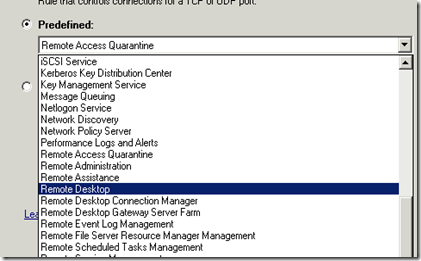


To control which users have access to the Windows system via Remote Desktop, you can add the authorized users to Remote Desktop Users group on the local machine, while those denied access should be removed from the list.Įnable Remote Desktop on Windows via the registry In the folder, search for Require user authentication using RDP 6.0 for remote connections or Require user authentication for remote connections by using Network Level Authentication, and set it to Enable. To require the use of NLA and RDP version 6 or newer for more secure connection, browse to the following location in local computer policy or domain group policy (restrictions and functions same as above):Ĭomputer Configuration -> Administrative Templates -> Windows Components -> Terminal Services -> Terminal Server -> SecurityĬomputer Configuration -> Administrative Templates -> Windows Components -> Remote Desktop Services -> Remote Desktop Session Host -> Security
#REMOTE DESKTOP SERVER WINDOWS 8.1 WINDOWS 10#
Windows 7, Windows 8, Windows 8.1, Windows 10 or LaterĬomputer Configuration -> Administrative Templates -> Windows Components -> Remote Desktop Services -> Remote Desktop Session Host -> ConnectionsĪt the location, find the policy named Allow users to connect remotely using Terminal Services or Allow users to connect remotely using Remote Desktop Services, and set it to Enable. To enable the Remote Desktop functionality, navigate to the following location in local computer policy (via Local Group Policy Editor) or domain group policy (via Group Policy Object Editor for network wide effect to apply the settings across the entire Active Directory network):Ĭomputer Configuration -> Administrative Templates -> Windows Components -> Terminal Services -> Terminal Server -> Connections Turn on Remote Desktop on Windows via Group Policy


If you’re using a Remote Desktop Connection client bundled in Windows Vista or later to initiate the Remote Desktop session, you can safely select the recommended more secure option.


 0 kommentar(er)
0 kommentar(er)
